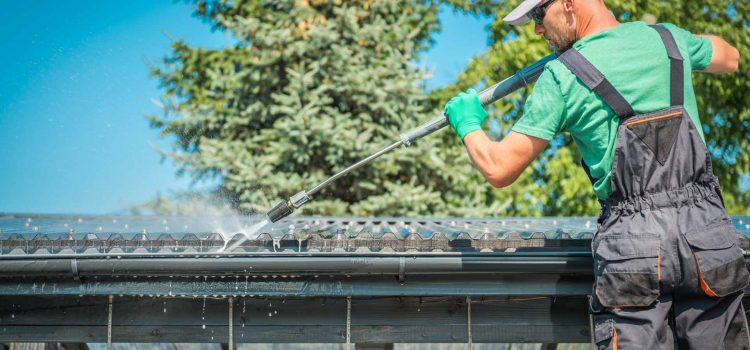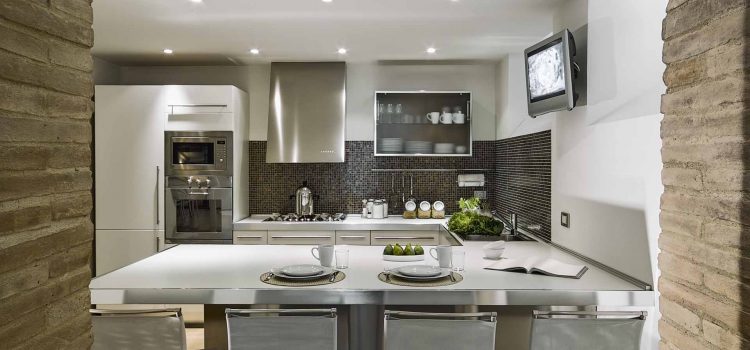
Finding the right spot to spend time with your friends, family or colleagues could take long hours of discussions. Here is the list of 5 top escape rooms in Oakville to save some of your hours.
1. Escape from the 6
It is one of the best escape rooms available in Oakville and surrounding areas. If you are looking for a place to plan birthday parties, corporate events, or an evening with your friends and family, this is the right place to go. There are currently two escape rooms available i.e., The Wild West Escape Room and Fire Fighter Rescue Mission Game. Here is a review by one of the escapees
“Went on a Saturday with friends and family. The firefighter escape room was just the right amount of challenge and amazingly fun! The staff was personable and made us feel extremely welcome. As someone who has done escape rooms all over the world (Malaysia, South Korea, USA) this was by far my favourite! I can’t wait to see what else they can come up with!”
2. Narrow Escape
Another place to go for a family outing in Oakville is Narrow Escape. This place has five escape rooms and different VR games to choose from and is a great fit for your group events. Here is what a visitor had reviewed about them
“Good escape room, and I’ve done quite a few. The lobby is very nicely designed with lots of games for when you’re waiting. Service was extremely friendly and courteous. I don’t like to spoil too much from the rooms, but the production value was very high, and the puzzles well designed. We did the ZOMBIE room and it was a lot of fun!”
3. Captive Kids
If you are looking for an escape room for your kids, this would be the best place for them. The escape rooms here are specifically designed for children and families. They currently have escape rooms in Oakville, Vaughan, Mississauga, and Waterloo. Here is a review from one of their visitors
“Anything that can keep a child away from a screen for an hour or so is worth visiting. With some inventive scenarios and lots of fun, Captive Kids Escape managed to keep my son engaged and have a great experience”
4. Mission Possible Escape Rooms
Not far from Oakville, this place is located in Burlington, and here at Mission Possible Escape Rooms while picking an escape room you can choose your difficulty level (kids, beginner, intermediate or advanced). They currently have four escape rooms to offer with a 60-minute timeframe to complete one mission. Here are some of the reviews of the escapees:
“Loved working together to solve the puzzles and figure out the clues. Our second visit was just as good as the first. Highly recommend Mission Possible as the staff are friendly and the rooms are set to provide varying levels of difficulty.”
5. Confundrum Escape Rooms
This escape room is also close to Oakville and located in Burlington. With five escape rooms, this place offers a place for your corporate events, school trips, or team building activities. They also have a virtual escape room where you’ll be able to walk through the room from your home virtually with their 3D technology. Here are some of the reviews of the escapees:
“Me and my boyfriend had so much fun at Confundrum! We played Twisted Woods and we loved the story line and all the different types of puzzles. I really like that you get to choose how scary you want your experience to be and how much help you want to receive from the staff. Russell was so friendly and helpful. He made a fun experience even better! :)”
Takeaway
Escape rooms are a great place to put to your phones aside and enjoy with your colleagues or loved ones. They will keep you engaged throughout the tasks.




















